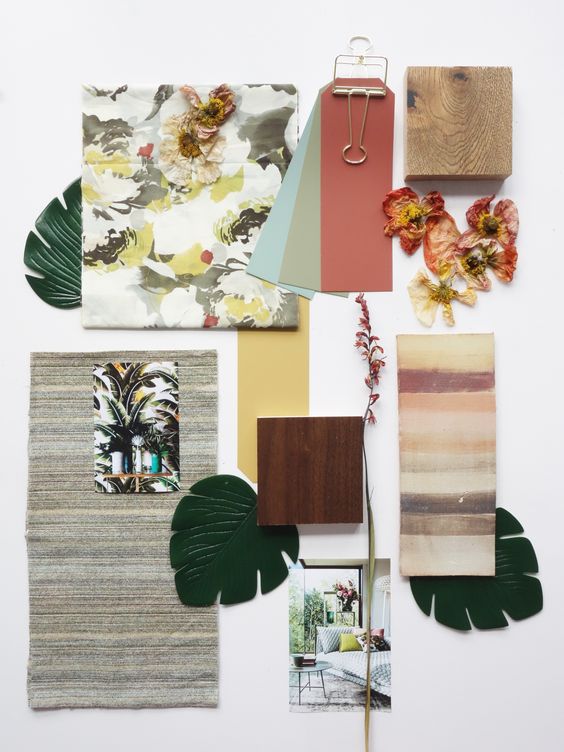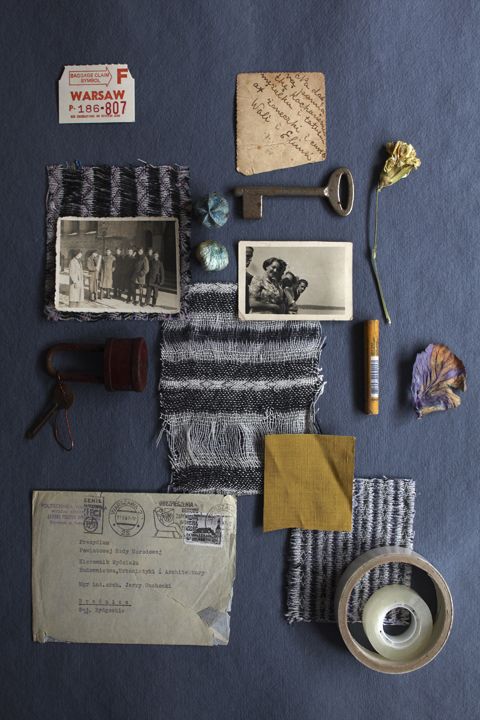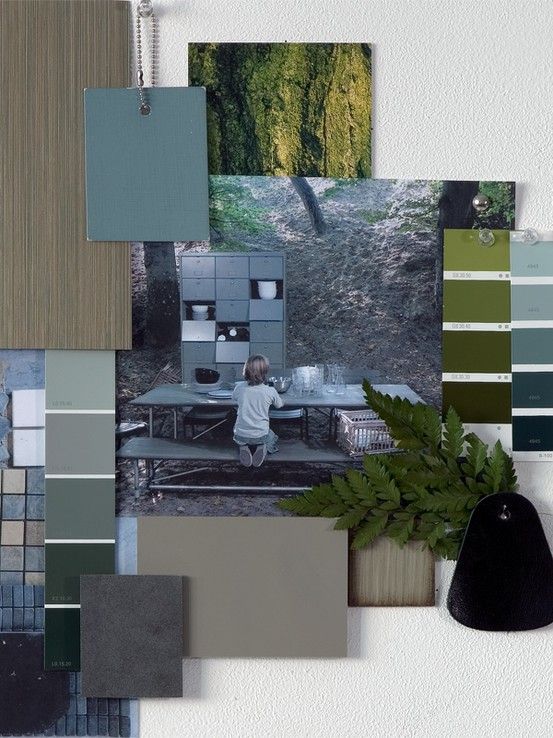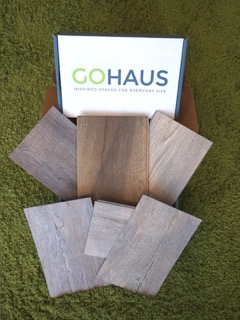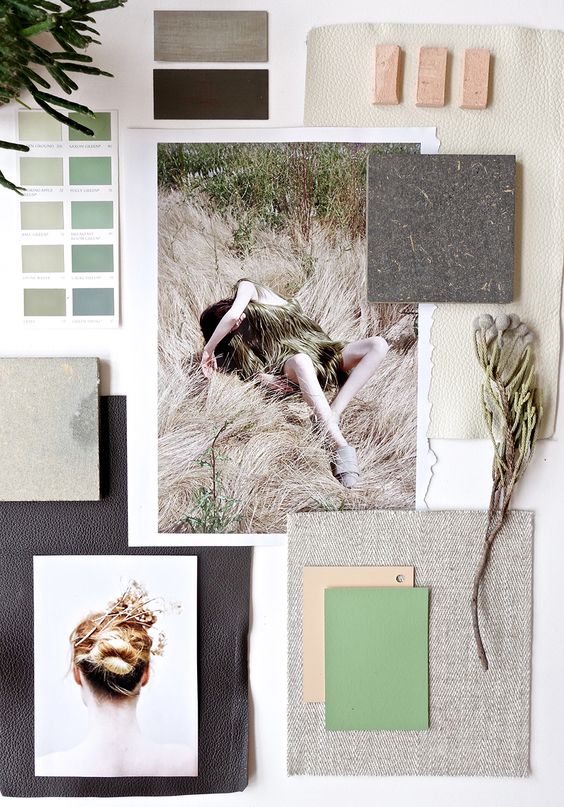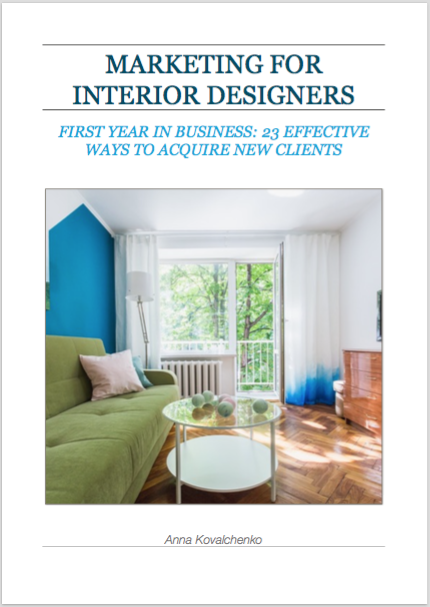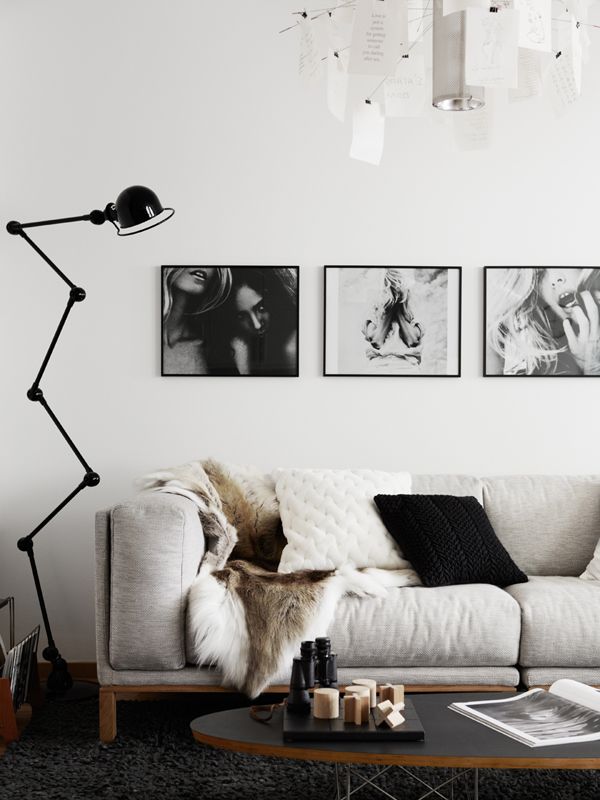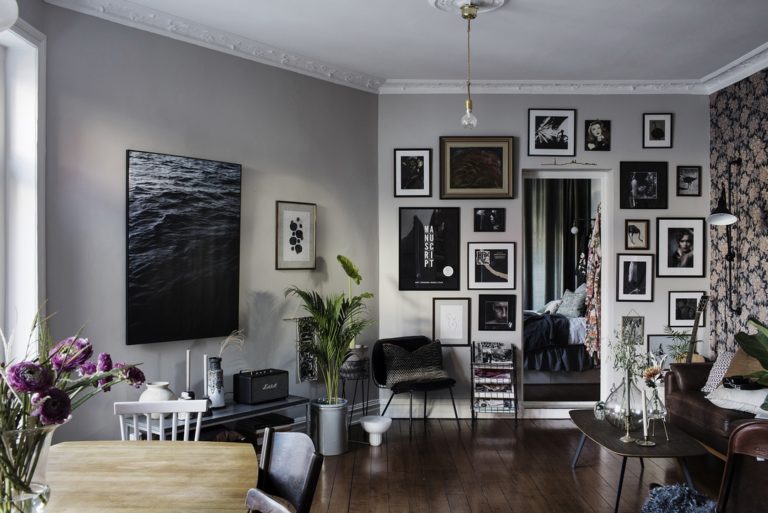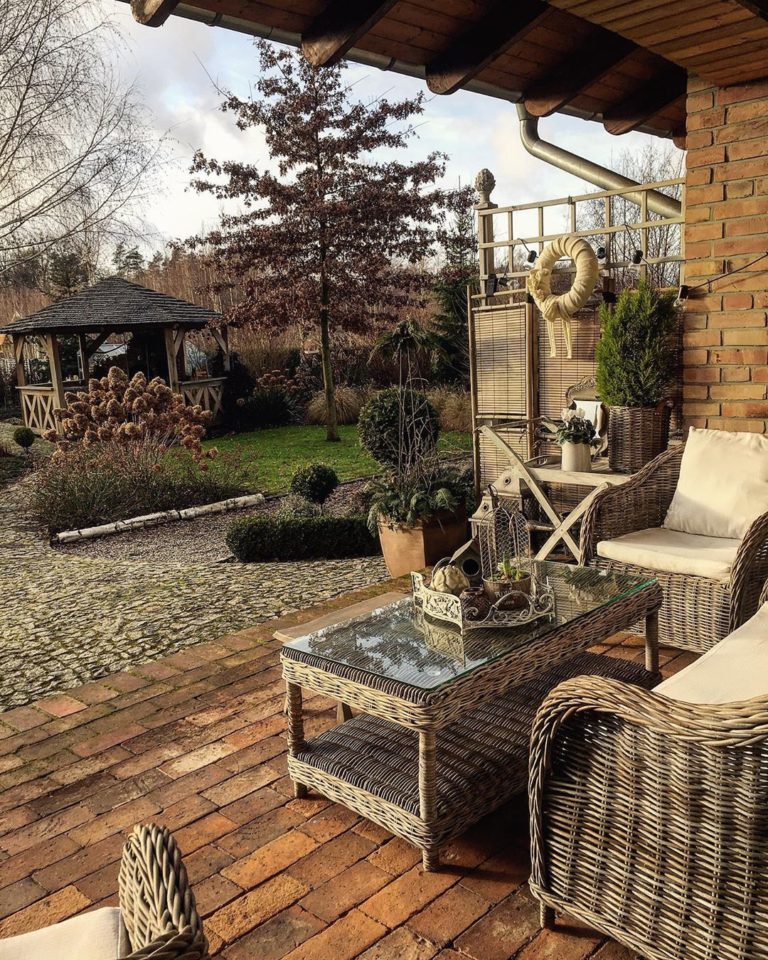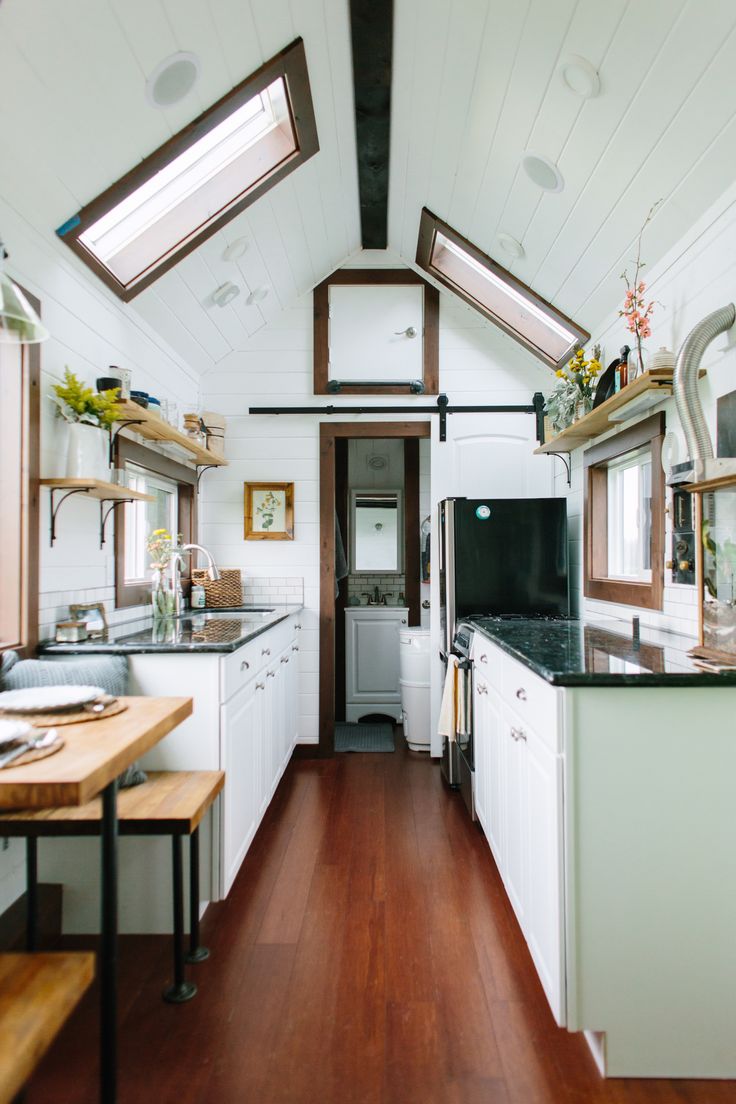Interior Design Mood Boards: How to Get Started
A mood board, or an “inspiration board” as it is often referred to, is a collection of items or ideas pertaining to a specific topic. In the case of interior design, mood boards are great tools to bring all of your ideas for your home together. It allows you to see everything in one place and even help you eliminate ideas that don’t quite work with the rest. Many creative professionals, including interiors designers, use mood boards. You can create a mood board yourself or work with a professional interior designer to help you draw up your ideas. In either case, here are 4 basic steps to getting started.
Step 1: Tactile or Digital?
Simply put, would you rather spend your time staring at a computer screen to collect ideas or do you want a big corkboard in front of you that you can touch and move items around? The choice is up to you, but the ultimate goal with this is to be true to yourself and create something that you will find useful.
Step 2: Start with an Inspiration
Your inspiration can be anything from a photo of your favourite beach, a colour palette, or a room scene you found on your favourite blog. The point of this piece is to set the tone for overall direction. You may also find that during the process your original inspiration does not always work with what you’re gravitating towards in the end. That’s okay; it’s a part of the process.
Step 3: Collect Photos, Quotes, Samples & More
At the start, the best part of a mood board is that there are no rules in what you put on your board as long you choose things that you love and that they lend to your vision. A great way to go about this is to use magazine cutouts, sketches, quotes, single words or phrases.
Another great way to hone in on your vision is to take advantage of samples. For a room redesign or remodel, look for companies that offer free samples. Whether it is free fabric samples, free flooring samples, or free paint samples, they will paint a fuller picture and allow you compare and contrast items in person. There are a lot of online companies who offer samples. For example, gohaus.com offers up to 6 free floor samples and has a team that is committed to helping you find a floor that fits your vision.
Step 4: Edit & Finalize
At a certain point in the mood board process, you will want to take a moment to step back and find the areas where you can edit. Editing includes removing the pieces that don’t quite fit with the overall theme or replacing items that just aren’t quite right. The goal of this step is to bring more cohesion to your mood board and finalize a plan of attack for your home project.
Check out my eBooks for interior designers:

